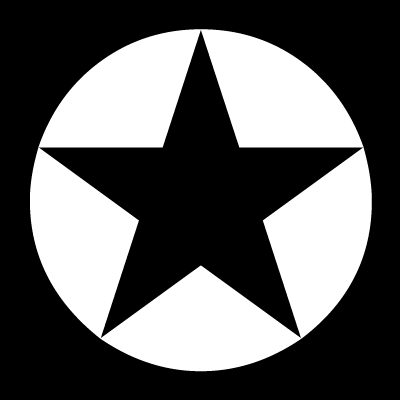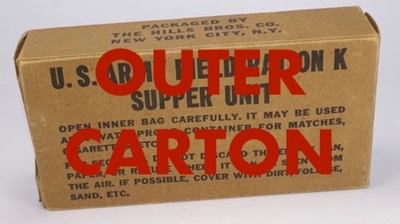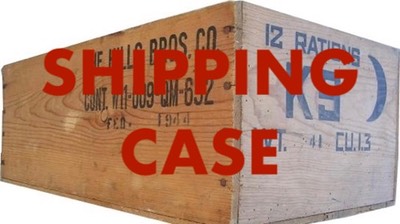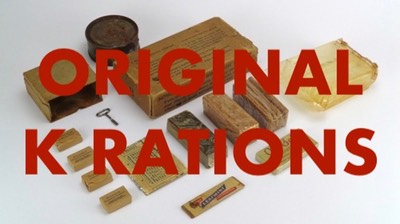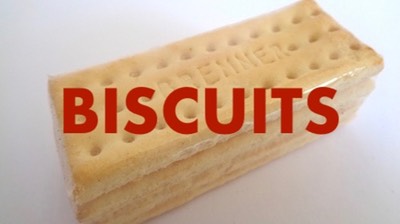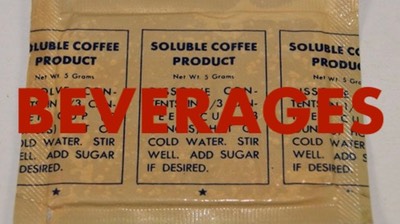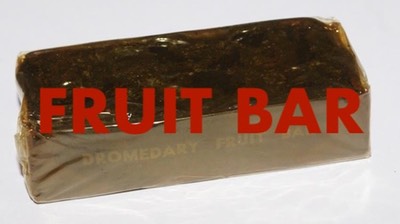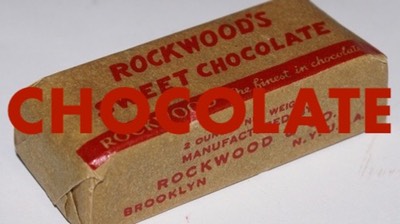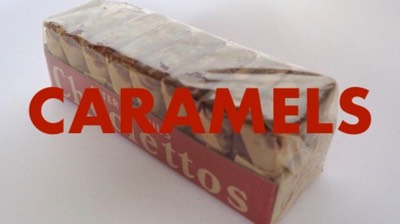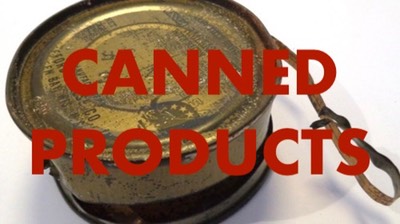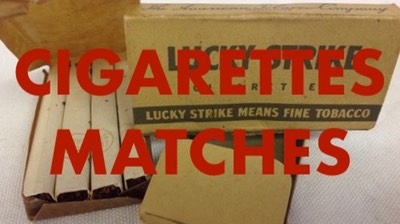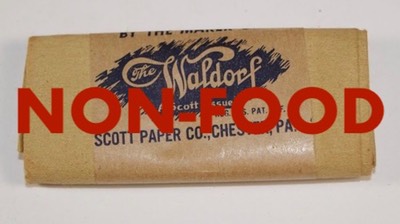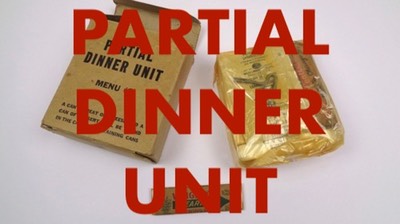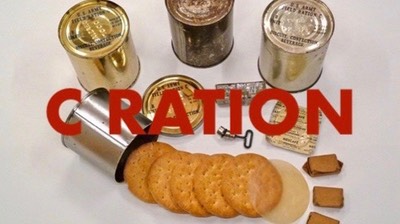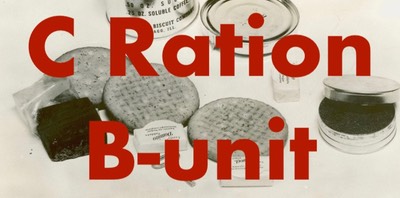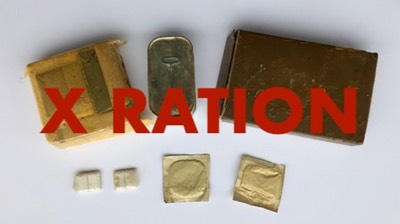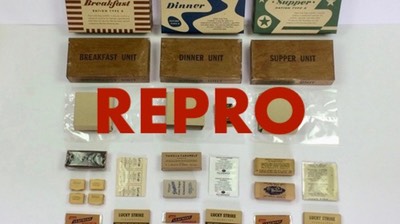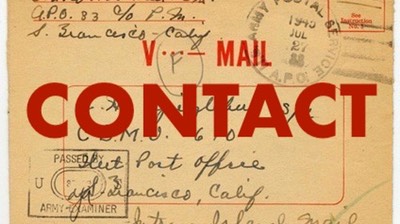
The confection components as a whole were also well received and considered very useful although the dextrose tablets were not very popular.
Each meal of the K Ration came with a confection. The purpose of this confection was to raise the calorific contents of the K Ration.
The early K Ration had a package of "Malted Milk-Dextrose and Dextrose Tablets" (type I) in the Breakfast unit, and a package of "Dextrose Tablets, Flavored" (type II) was included in the Diner unit.

A "Malted Milk - Dextrose and Dextrose Tablets" package containing 15 tablets made by Beech-Nut with the opening at one end of the box.
The Malted Milk-Dextose tablets contained approximately 80% dextrose, 15% malted milk and 4% cocoa with citric acid, with a little salt added.
The Dextrose tablets were made of mainly dextrose mixed with a little cocoa butter with stearic acid and citric acid added. Oil of lemon and orange was used for flavoring.

A package made by the Curtiss Candy Co. with the tuck-end flap along the lenght of the box. No ingredients are listed on the packaging.
Only in the early Dinner units was a package containing 15 "Dextrose Tablets, Flavored". These are the same dextrose tablets as used with the Malted Milk-Dextrose tablets. The addition of the word "Flavored" refers to the flavoring with the lemon or orange oil.
Both of these packages were used in the early Bail Out kit produced by the USAAF in 1942.
An opened Malted Milk-Dextrose tablets is shown together with the other components of the early USAAFs Bail Out ration. The package of flavored Dextrose tablets is under an envelope of bouillon powder and a D-bar.
A carton box with a tuck-end closing flap contained 15 tablets of type I and type II tablets with a ratio of nine tablets of the former and six of the latter.
The least popular confection were the dextrose tablets in the Dinner unit. A 2-ounce fruit bar was developed which replaced the dextrose tablets. Soon after its introduction the fruitbar was moved to the Breakfast unit and switched places with the package of Malted Milk-Dextrose and Dextrose Tablets, now placed in the Dinner unit.
Although the Malted Milk-Dextrose and Dextrose Tablets were only included in the early K Rations, complains about the tablets were received until the very end of the war. This was due to the fact that the early K Rations (Type I) containing the tablets were produced in such vast quantities that they were still on hand in depots oversees.

Both types "Malted Milk-Dextrose Tablets and Dextrose Tablets" packages with some of the tablets shaken out. The white Malted Milk-Dextrose tablets have become covered with spots over time. The brown tablets are the Dextrose tablets.
The size of the early confections were 3 15/16 by 1 1/8 by 7/8 inch. The lenght of the package protruded past the biscuits and sometimes caused the cellophane bag to crack. To elevate this problem the dimensions of the confections were not to exceed 3 1/8 by 1 5/16 by 13/16 inch. This was done in March of 1943.
When the size of the packaging was changed in the spring of 1943 to the shorter variant, the name was changed to read "Malted Milk-Dextrose and Dextrose Candy." (Italics by me.) This confection was also used in the USAAF E-3 Emergency Sustenance kit. With the new packaging sixteen tablets would fit in a carton box, with ratio of 12 type I and 4 type II tablets.
Both the 15-tablets package and the 16-tablets package would have a netto weight of approximately two ounces. Actually, the size of the tablets remained the same and the addition of just one more tablet wouldn’t increase the weight enough to change the average weight listed on the label.

"William P. Chirolas displays things that men in M Company don't like: Dextrose tablets . . . Barbasol . . . Fleetwood cigarettes . . . processed American cheese . . .” (From photographer George Silk's notes), Italian front, 1944.
In the summer of 1943 an alternative for the unpopular Malted Milk-Dextrose and Dextrose Tablets was found in a new developed caramel candy formula now being used in the C ration.
The rolls of the round malted milk tablets were not used in any U.S. Army field ration developed by the Quartermaster Corps, but came in the life raft rations developed by the U.S. Navy.
